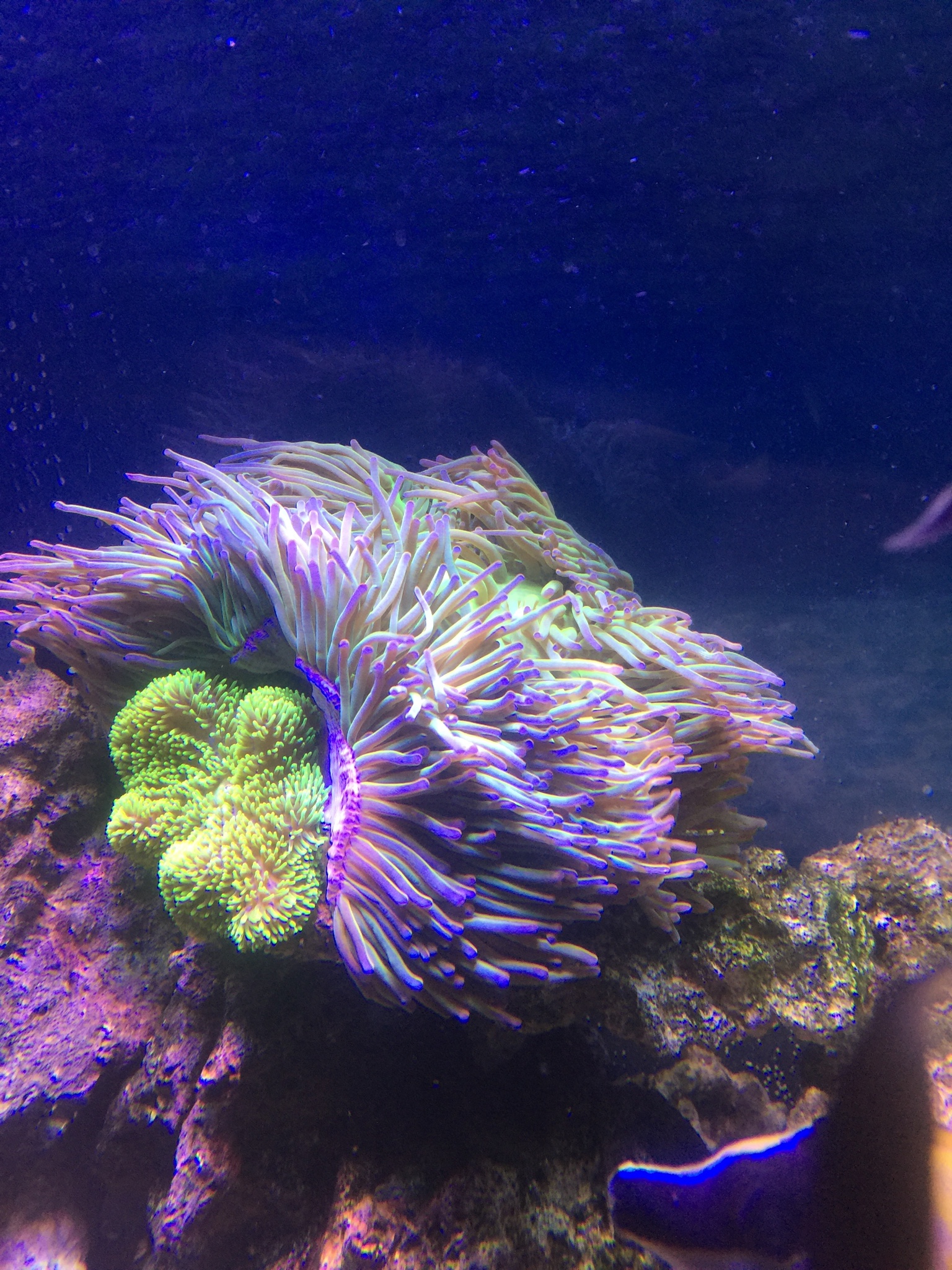- Joined
- Feb 16, 2016
- Messages
- 617
- Reaction score
- 218
As we know, Anemones move and they sting each other.
How do folks get their Anemones to live side-by-side? By luck or there's a trick to it?
I haven't seen any articles that explain this. If you've seen any, can you please pinpoint me?
How do folks get their Anemones to live side-by-side? By luck or there's a trick to it?
I haven't seen any articles that explain this. If you've seen any, can you please pinpoint me?




















